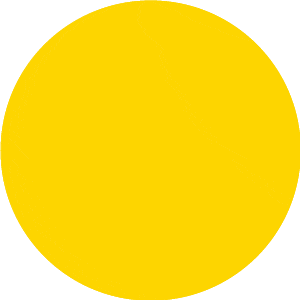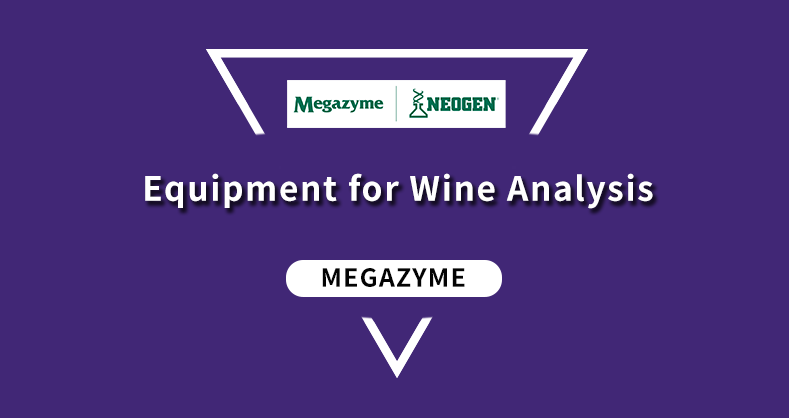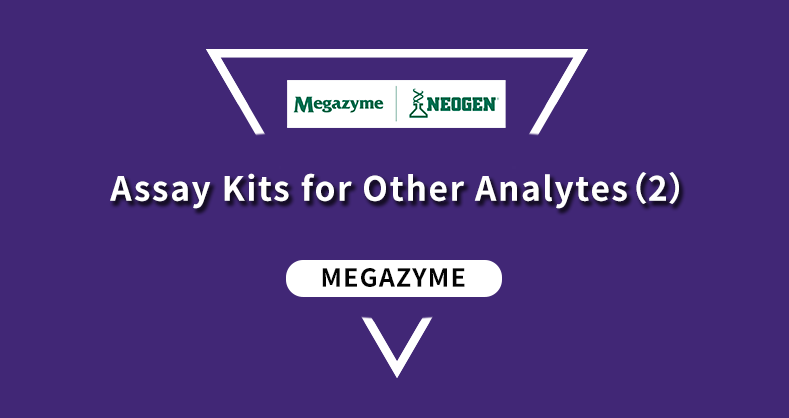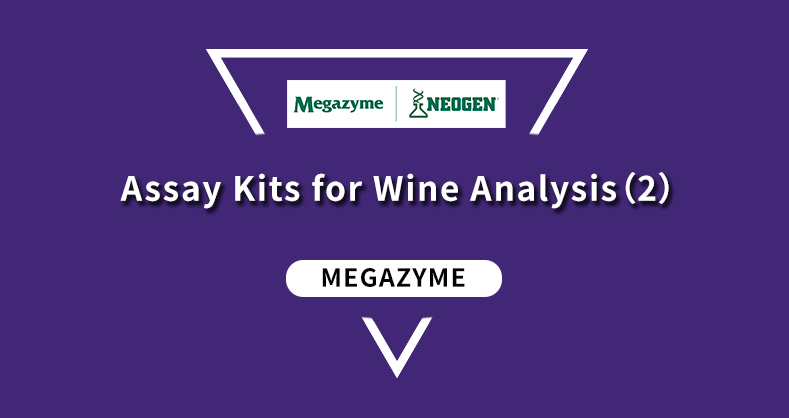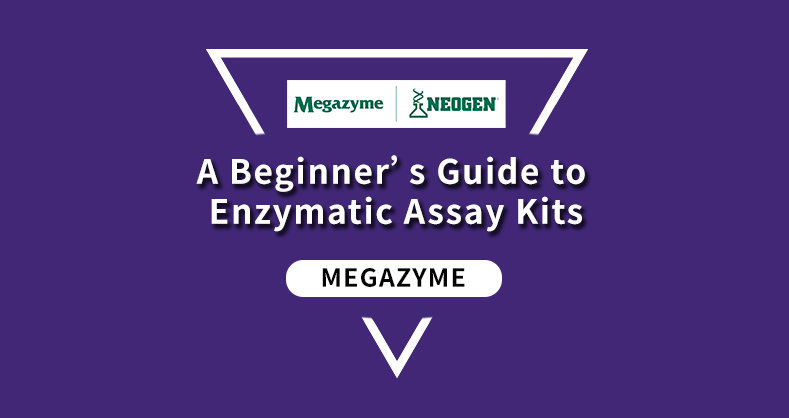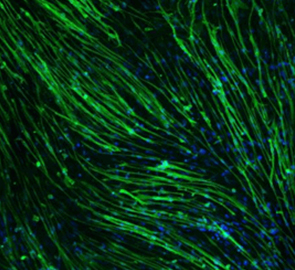【Megazyme】Enzyme Substrates:Colourimetric Oligosaccharides
2. Colourimetric Oligosaccharides
▍▏Introduction to Colourimetric Oligosaccharides
Colourimetric substrates are useful for the specific measurement of endo-acting and exo-acting carbohydrate hydrolase activity. The molecular structure of these substrates is chemically-defined which completely removes the possibility of any ‘batch to batch’ variability.
These substrates are prepared by installing a covalently bound colourimetric or fluorometric moiety onto the reducing end sugar residue of an oligosaccharide and are usually supplied as a fine powder or as a solution. The endo- or exo-acting hydrolase enzymes that recognise and cleave these substrates, together with a specific glycosidase enzyme, release the colourimetric or fluorometric moiety to an extent which is proportional to their enzymatic activity and which can easily be calculated using the applicable extinction coefficient.
Colourimetric oligosaccharides offer the advantages of being specific and sensitive, and can be used in fully automated assay formats owing to the fact that there is no filtration step required in these assays. Assay formats based on these substrates are the most convenient for the user and display the highest levels of reproducibility.
▍▏a) Blocked Oligosaccharides
Blocked colourimetric substrates for the measurement of carbohydrate hydrolase activity are exclusively offered by Megazyme and are an excellent alternative to dyed polysaccharides for the quantitative measurement of endo-acting hydrolase activity in crude enzyme preparations.
No variability between substrate batches occurs due to the chemically-defined molecular structures of these substances. These substrates are usually available as components within assay kits and are used in enzyme coupled assay protocols.
The blocking group at the non-reducing end of the substrate prevents the activity of exo-acting enzymes present in a crude mixture and their structure makes them absolutely specific targets for the endo-acting enzyme being analysed.

Key features of Megazyme's blocked oligosaccharides
√Suitable for analysis of crude enzyme extracts
√Suitable for analysis of purified enzymes
√Chemically defined substrate
√Quantitative assay
√Suitable for automation
√Suitable for endo-acting enzymes
x Suitable for gel/agar plate activity screening
x Suitable for exo-acting enzymes
Assay procedure for blocked oligosaccharides
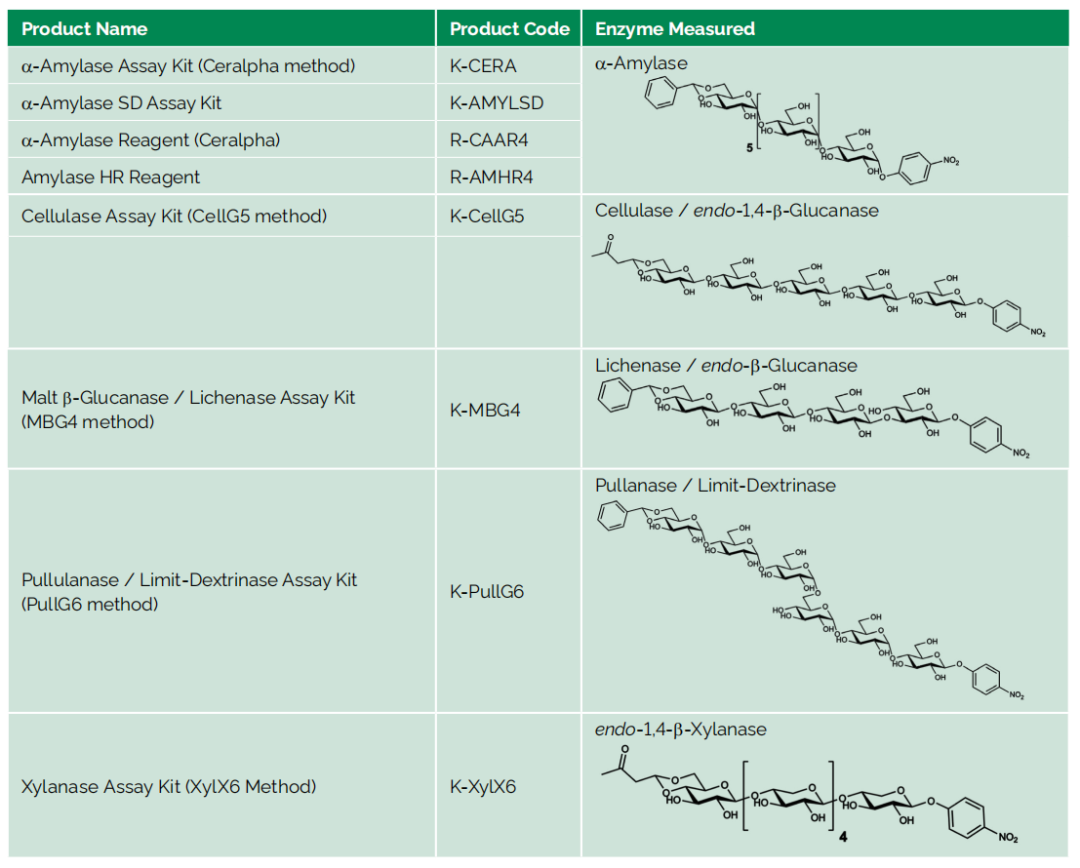
▍▏b) Non-Blocked Oligosaccharides
Non-blocked colourimetric substrates are generally used for the quantitative measurement of endo-acting hydrolase activity in purified enzyme preparations. The lack of a blocking-group makes these substrates unsuitable for the analysis of crude enzymatic mixtures because of the likely presence of competing exo acting enzymes. In non-blocked oligosaccharide substrates, an oligosaccharide chain of defined length is covalently linked to either a colourimetric (4-nitrophenol or 2-chloro-4-nitrophenol) or a fluorometric (4-methylumbelliferone) group.
Purified-acting enzymes have very specific active site requirements. The possibility of screening substrates having different chain length allows for a sensitive and specific characterisation of-acting carbohydrate hydrolases. Researchers can derive valuable information from the increase in absorbance at 400 nm (or lack thereof) or indeed by HPLC analysis of enzyme incubations with colourimetric oligosaccharides of varying length.
The use of fluorometric substrates is similar to that of colourimetric ones from a procedural perspective. They generally display a higher sensitivity, however a fluorimeter is required to measure the release of the fluorometric group in solution.

Key features of Megazyme's non-blocked oligosaccharides
√Suitable for analysis of purified enzymes
√ Chemically defined substrateQuantitative assay
√Suitable for automation
√Suitable for endo-acting enzymes
×Suitable for analysis of crude enzyme extracts
×Suitable for gel/agar plate activity screening
×Suitable for exo-acting enzymes
▍▏c) Colourimetric substrates for exo-acting carbohydrate hydrolases
Colourimetric monosaccharides are commonly used for the quantitative measurement of exo-acting hydrolase activity in either purified or crude enzyme preparations. Colourimetric monosaccharide substrates contain a colourimetric group (4-nitrophenol) either α- or β-linked to a monosaccharide.
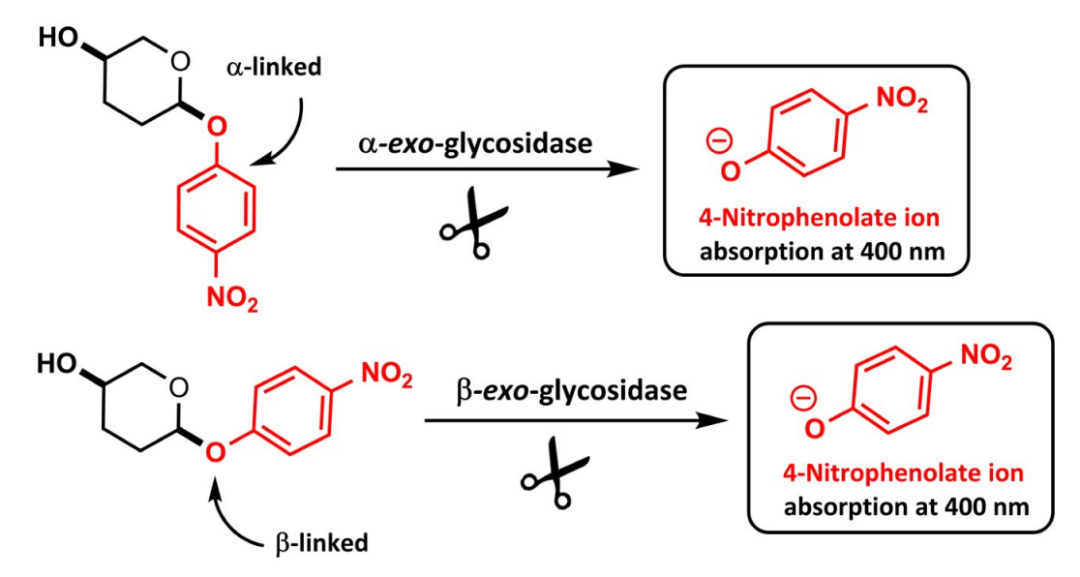
Key features of Megazyme’s colourimetric substrates for exo-acting carbohydrate hydrolases
√Suitable for analysis of purified enzymes
√Suitable for analysis of crude enzyme extracts
√Chemically defined substrate
√Quantitative assay
√Suitable for automation
√Suitable for exo-acting enzymes
x Suitable for gel/agar plate activity screening
×Suitable for endo-acting enzymes
Assay procedure for colourimetric substrates for exo-acting carbohydrate hydrolases
1. Once a soluble colourimetric monosaccharide substrate is hydrolysed by an exo-acting hydrolase, the colourimetric group is released in solution.
2. The reaction is terminated by adding an alkaline solution to stop enzyme activity and develop colour.
3. The colour release in solution is measured using a spectrophotometer and the colour intensity is directly related to enzyme activity.

Our range of colourimetric substrates for exo-acting carbohydrate hydrolases
Product Name |
Product Code |
Enzyme Measured |
β-Amylase Assay Kit (Betamyl-3) (4-Nitrophenyl-β-maltotrioside + β-glucosidase) |
K-BETA3 |
α-Amylase |
β-Amylase Assay Reagent (Betamyl-3) (4-Nitrophenyl-β-maltotrioside + β-glucosidase) |
R-BAMR3 |
α-Amylase |
Amyloglucosidase Assay Reagent (4-Nitrophenyl-β-maltoside + β-glucosidase) |
R-AMGR3 |
Amyloglucosidase |
4-Nitrophenyl-α-L-arabinofuranoside |
O-PNPAF |
α-Arabinofuranosidase |
点在看,传递你的品味
